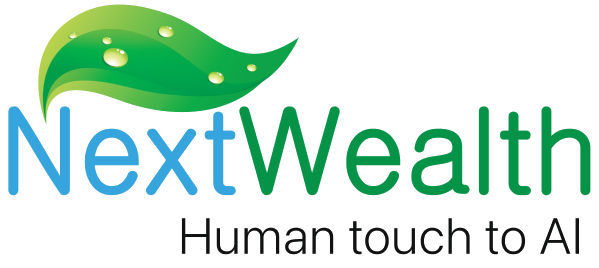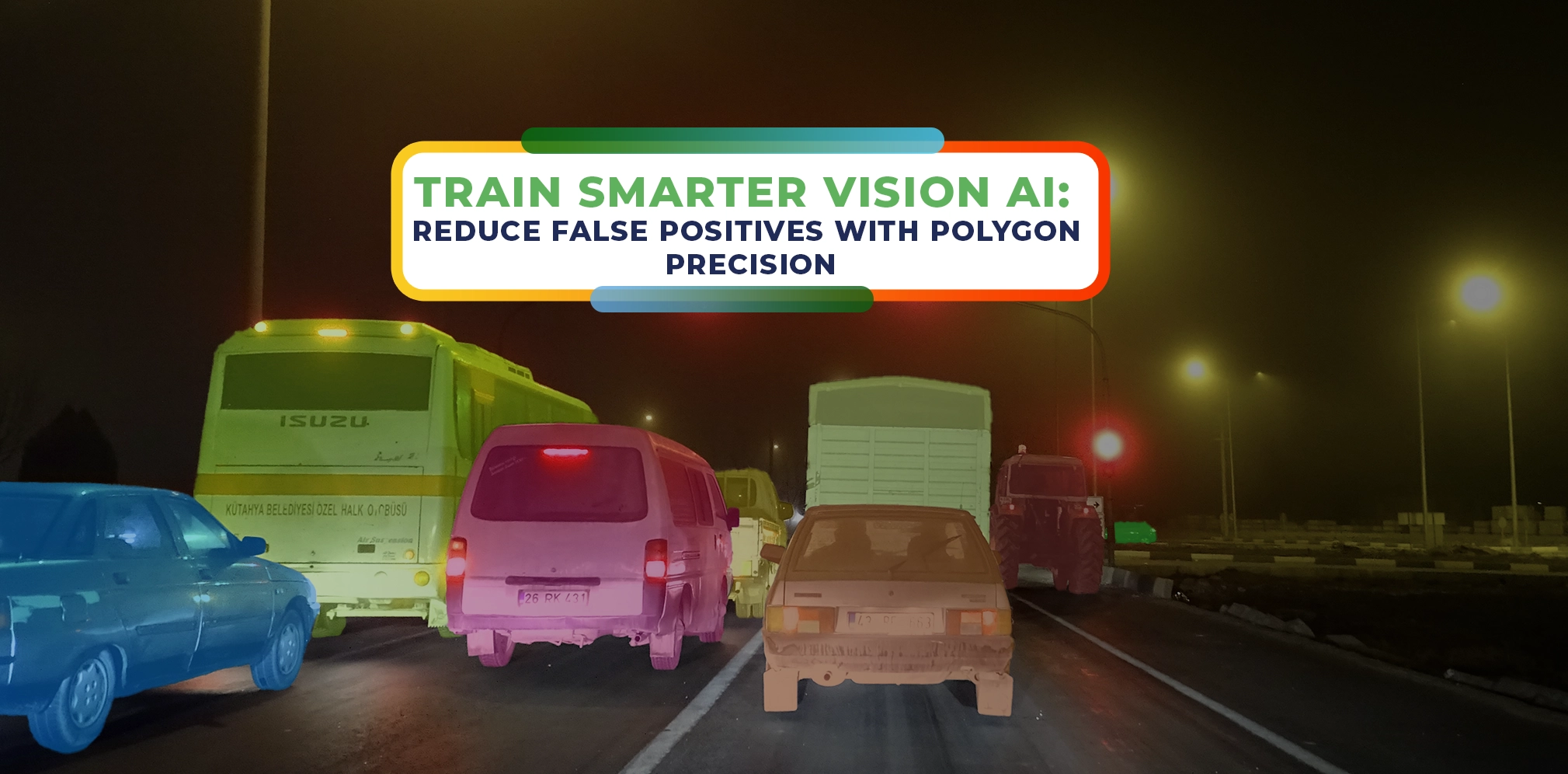Introduction
Computer vision is transforming the way industries operate — from autonomous vehicles navigating urban streets to AI-powered diagnostics revolutionizing healthcare. However, even the most advanced computer vision AI models face a persistent challenge- False Positive.
False positives — instances where AI detects something that isn’t there — can have serious consequences, from triggering unnecessary braking in autonomous cars to misidentifying a benign mass as malignant in radiology. Reducing these errors is essential for building AI systems that perform reliably in the real world.
One often-overlooked lever in this battle for accuracy? The type and quality of data annotation. Specifically, polygon annotation offers the precision needed to train vision models more accurately by capturing the exact shape and boundaries of objects.
At NextWealth, we bring the power of Human-in-the-Loop (HITL) expertise to deliver high-quality polygon annotation services that improves AI performance across domains.
Why Do False Positives Occur in Computer Vision Models
False positives arise when models are trained on imprecise or noisy data. Bounding box annotations — the most used technique — often capture more than the object itself. They include unwanted background, overlapping areas, and ambiguous borders, confusing the AI model during training.
For instance, in traffic surveillance, a bounding box might capture not just a vehicle but also parts of a shadow, leading the model to falsely classify shadows as vehicles in deployment. In retail shelf analytics, loosely labeled products often causes AI to miscount or misidentify inventory.
False positives reduce the credibility of AI deployments, inflate model performance metrics, and ultimately delay real-world adoption. Industries like healthcare, automotive, and security systems, where decisions must be highly accurate and explainable, are especially vulnerable.
How Polygon Annotation Helps Reduce False Positives
Polygon annotation provides a shape-specific alternative to bounding boxes by tracing the true outline of an object. This leads to significantly tighter and more accurate data.
- Minimized Background Interference: Polygon labels exclude surrounding pixels, reducing the ‘noise’ the model is exposed to.
- Higher Learning Fidelity: Models trained on sharply contoured objects can distinguish better between similar classes (e.g., person vs. mannequin, tree vs. pole).
- Improved Generalization: Clean data input enhances the model’s performance when exposed to real-world variations, decreasing the false positive rate.
Companies that adopted advanced annotation techniques like polygons saw up to a 25–40% improvement in detection precision over traditional bounding box approaches. i.e. when using pixel-wise annotations over bounding boxes.
Real-World Applications Where Polygon Annotation Excels
Polygon annotation finds critical application across sectors where precision isn’t just a preference—it’s a requirement.
- Autonomous Mobility: For Level 3+ ADAS systems, vehicles must interpret road scenes with nuance—differentiating between drivable and non-drivable areas, lane boundaries, and temporary obstacles. Polygons allow for accurate contouring of vehicles, traffic cones, and irregular road shapes, leading to safer decision-making.
- Healthcare: In radiology and histopathology, precise localization of abnormalities is critical. Polygons help trace tumor boundaries more effectively than rectangular annotations, minimizing misdiagnosis risks.
- Retail & ECommerce: For planogram compliance and shelf monitoring, products often appear stacked, occluded, or partially rotated. Polygon annotation enables granular identification of items despite visual clutter.
- Satellite & Aerial Imagery: Buildings, roads, farmlands, and water bodies rarely have rectangular outlines. Polygon annotation ensures high-accuracy mapping essential for urban planning, agriculture, and disaster response.
Best Practices in Polygon Annotation
Despite its benefits, polygon annotation can be time-intensive and error-prone if not managed correctly. At scale, accuracy and speed must coexist. Industry leaders implement the following best practices:
- Clear SOPs & Labeling Guidelines: Annotation complexity varies by domain. Detailed instructions on class hierarchies, occlusion rules, and edge handling are critical.
- Tooling Optimization: Advanced annotation tools like CVAT, V7, or Taskmonk with smart snapping, auto-segmentation, and QA workflows significantly enhance speed and consistency.
- Human-AI Collaboration: Semi-automated suggestions combined with human judgment provide the best of both worlds.
- Multi-Tiered QA: Double-blind reviews, gold-standard audits, and real-time feedback loops maintain annotation integrity.
NextWealth’s Edge: Human-in-the-Loop for Polygon Precision
At NextWealth, our HITL-powered polygon annotation workflow brings domain-aware humans and precision-driven technology together.
- Domain-Specific Expertise: Our annotators are trained in verticals like automotive, geospatial, and medical imaging—ensuring context-rich labelling.
- Proven QA Mechanism: Every annotation passes through a 2-stage verification pipeline, leveraging internal benchmarking tools and subject matter audits.
- Flexible Workflow Integration: We customize annotation layers, complexity tiers, and formats as per client requirements—delivering production-ready datasets.
- Quantifiable Outcomes: In a recent ADAS perception project, switching from bounding box to polygon annotation helped reduce false positives by over 32%, while maintaining 99.3% annotation accuracy across 250K frames.
Our human-in-the-loop advantage ensures annotations are not just accurate—but also explainable and auditable, aligning with industry trends around Responsible AI.
Conclusion
In the race to scale vision AI, training data is the fuel. But not all fuel is created equal. Reducing false positives begins at the annotation level — and polygon annotation emerges as a clear winner for tasks demanding spatial accuracy & high context fidelity.
As industries adopt AI to automate critical decisions, the importance of precise annotations becomes non-negotiable. Organizations that invest in high-quality data pipelines will build models that not only perform better but are also safer, more compliant & more trusted.
At NextWealth, we help companies deploy smarter, sharper AI by getting their data annotation right —the first time!
Ready to elevate your vision AI with polygon precision? Connect with our annotation experts today at:

